With the bulk of this year's GPU releases behind us, we now have a pretty decent picture of how things went for both AMD and Nvidia. Both launches had their unique hiccups in terms of how they were received, but both companies had one blunder in common.
Shipping a $300 GPU with 8 GB of VRAM in 2025 isn't just a poor decision product-wise, but it also goes against what AMD has been about for the last few years. They've talked a big talk about offering more to gamers for their dollar, but they walked a walk that resembles the very company they were trying to dunk on. AMD just can't seem to make up their mind when it comes to VRAM, and it's only continuing to bite them.
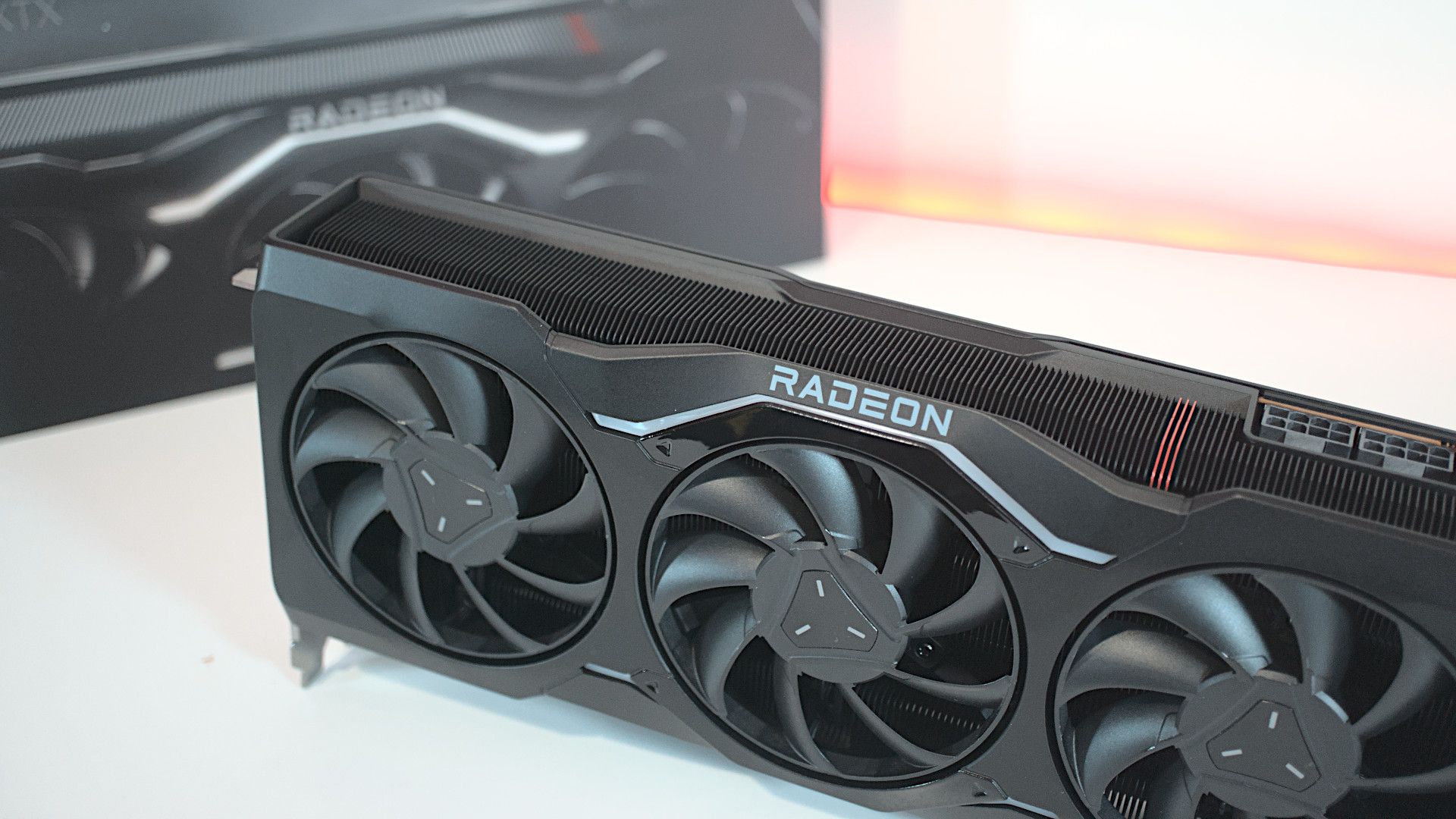
Related
5 real reasons why no one buys AMD GPUs
AMD has remained the better value option for years, so why doesn't it get more love from consumers?
Why is VRAM so important anyway?
Is the difference between a few gigs really that big?
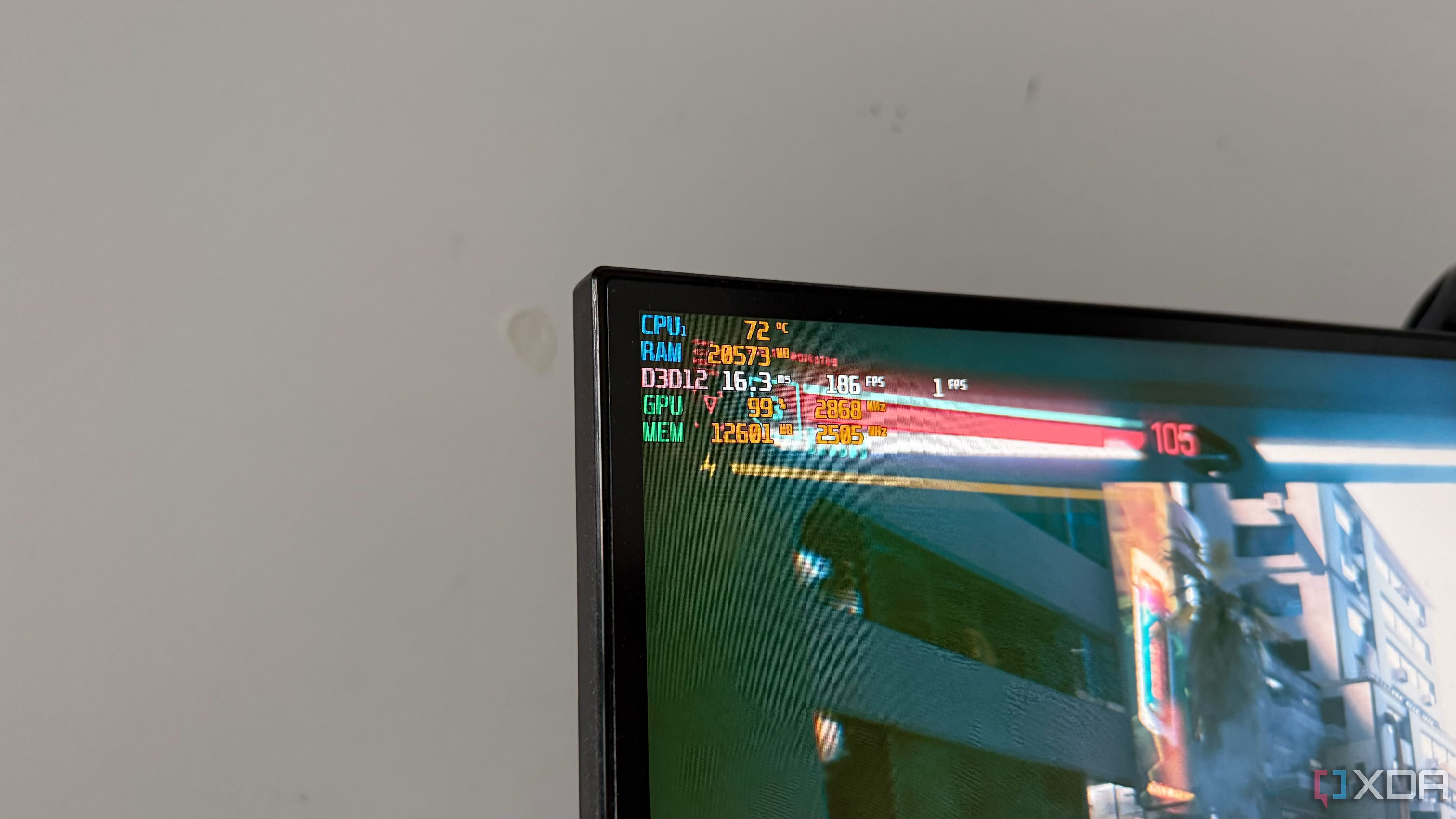
In order to fully understand why equipping a mid-range GPU with 8 GB of VRAM is a bad choice, it's worth understanding what VRAM is, and what its function is. VRAM is the dedicated bank of memory that your GPU has access to. It's located on the PCB, usually surrounding the GPU die, and communicates with said die over a memory bus. It's tasked with holding game assets like texture data, but it also acts as a frame buffer, holding rendered frames until your monitor is ready to display them.
The difference between 8 GB and 16 GB won't always be felt in regular gameplay. It heavily depends on the title and the settings being applied, but it's one of those things that is incredibly noticeable once it is felt. Running out of VRAM can slow your game to a crawl. In most scenarios, your average FPS will be halved, and your minimums will tank to single digits as your PC tries to dip into system memory for its frame buffer. It's important to note that games do allocate much more VRAM than they need, so looking at pure usage numbers won't give you a great picture of whether your buffer is fully saturated.
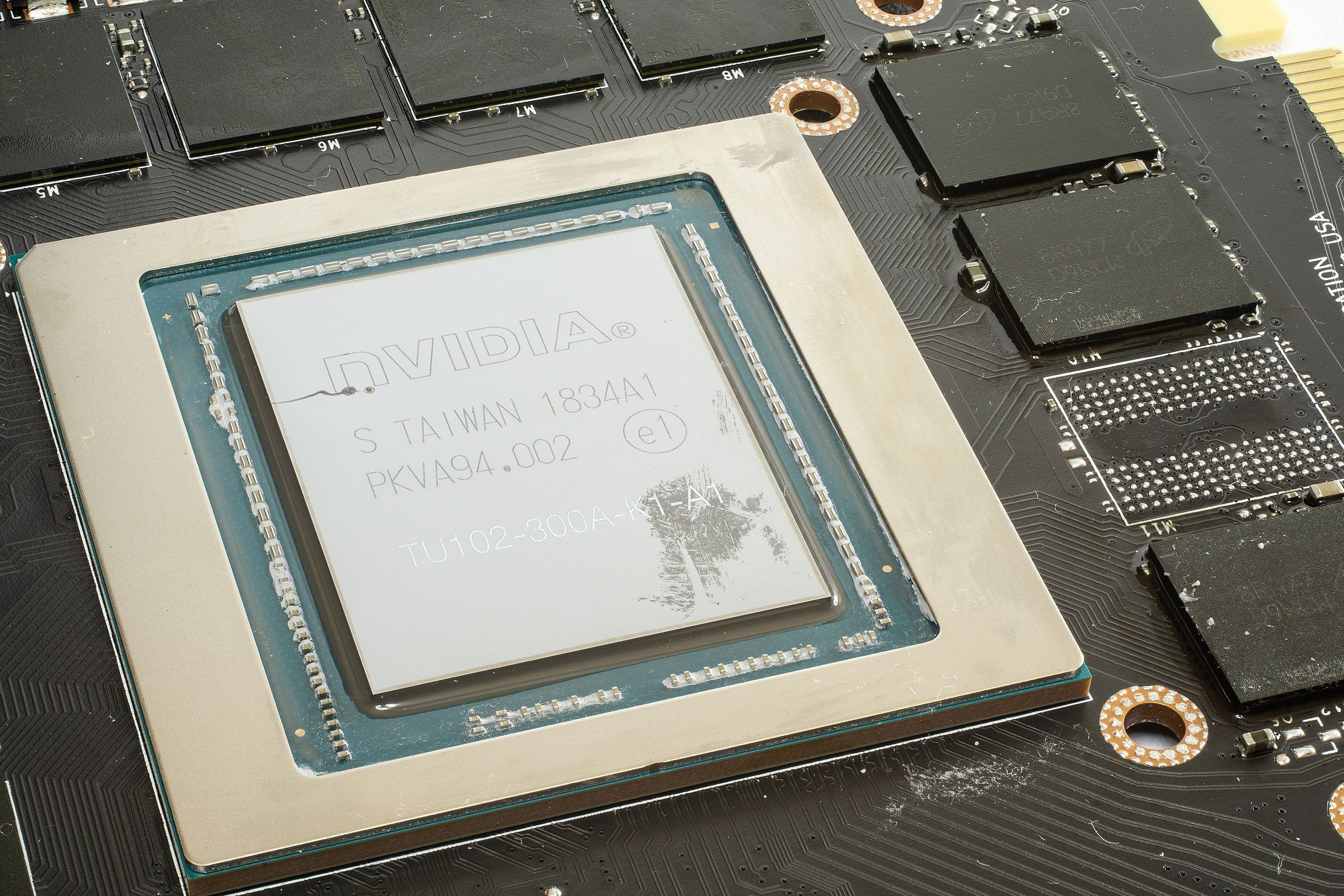
Related
4 myths about VRAM you shouldn’t believe
The VRAM conversation is more nuanced than you think.
AMD continues to flip-flop
Is it, or is it not enough?
AMD has gone back and forth on whether 8 GB is enough for gaming. For those that may not remember, even as recently as the RTX 40 Series launch, AMD have been trying to convince gamers that Nvidia's stinginess on VRAM will come back to bite them. In a blog post from around that time, AMD pitted its RX 6000 series against their RTX counterparts, and kept hammering the point home that AMD cards have more memory, which would make them better for high-resolution gaming.
Fast-forward to today, and AMD marketing executives are now fully comfortable claiming that 8 GB is enough for the vast majority of gamers. In stark contrast to their previous marketing, with more games than ever requiring more than 8 GB of memory to be playable, they'll go as far as to take a full page out of Nvidia's playbook.
AMD are no better than Nvidia in this regard
The 9060 XT 8GB is a mistake in name, not necessarily in product
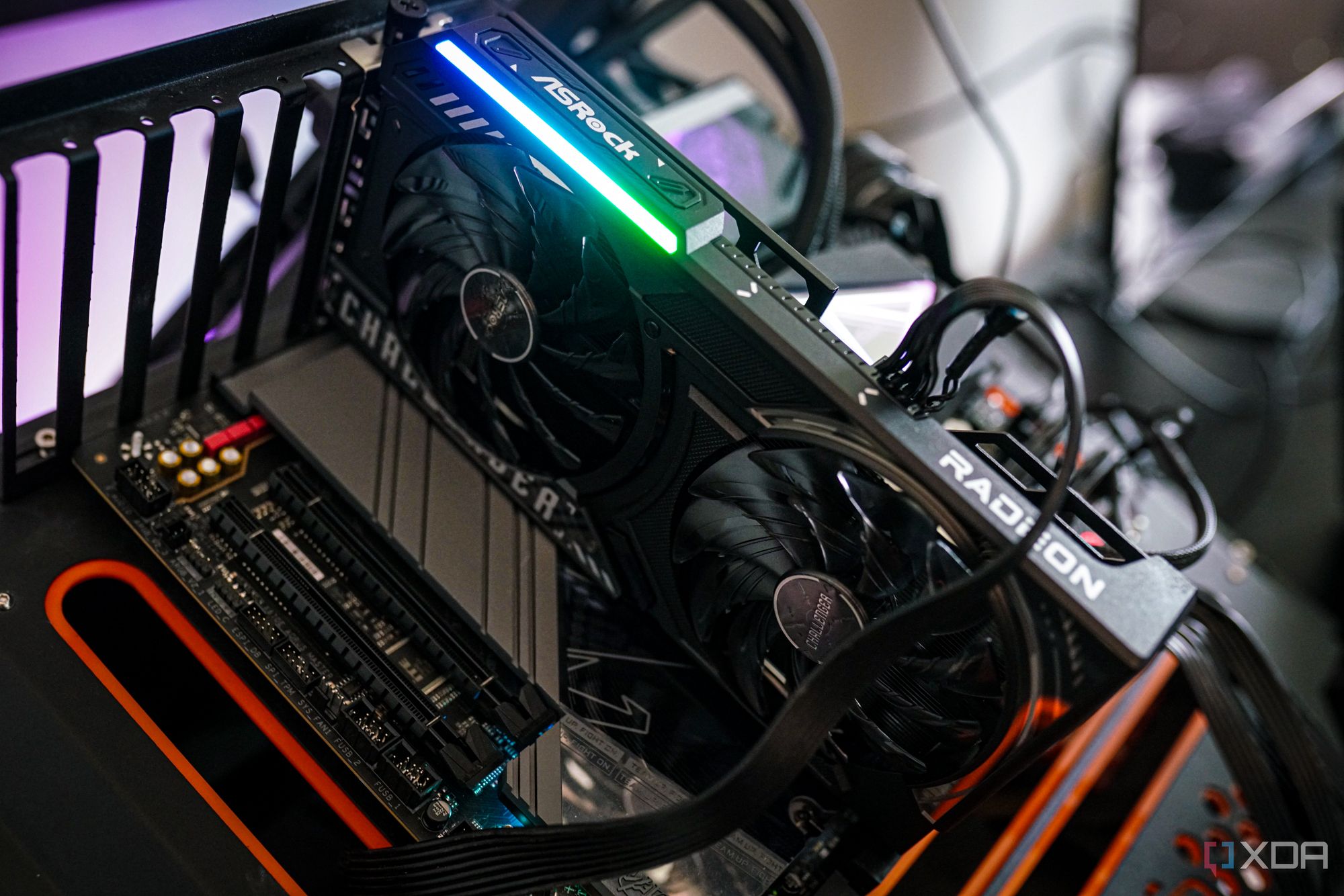
It's worth stating that the RX 9060 XT 8GB is not a bad product in a vacuum. If you ignore the name (and perhaps even the price), there are situations where an 8GB GPU makes sense. It all starts to fall apart once you acknowledge that the 8 GB model has a 16 GB big brother with the same name. Consumers that might not have a preliminary understanding of computer components might not even notice the difference between 8 GB buried in the middle of a long product listing. Even if they do, it's an even bigger stretch to assume that they'll be able to know what difference 8 GB will make.
If it really was about giving consumers more options without compromises, why not just name the RX 9060 XT 8 GB something different? "RX 9050 XT" doesn't have the same ring to it, and probably wouldn't confuse as many buyers either. This is the same tactic as Nvidia has been using with their own 60-class cards.
AMD are right in as far as most gamers are using 8 GB GPUs, but in a time when availability has been extremely poor across multiple generations, is it really a surprise that most gamers use cards equipped with 8 GB? Most buyers of discrete GPUs will search for the one they want by name, and then sort by lowest price to find the best deal. All the cards at the top of that list are going to be 8 GB models, not the better-equipped 16 GB cards.
AMD continues to get in its own way
AMD's failure to hold a consistent position on how much VRAM gamers need doesn't inspire confidence in future GPU releases. I'm still hopeful that the clear outcry from the media and consumers is enough to at least force a name change for 8 GB models of mid-range cards. The RX 9060 XT and RTX 5060 should truly mark the end of 8 GB cards at the mid-range price point, and hopefully that materializes for the next generation.
.png)
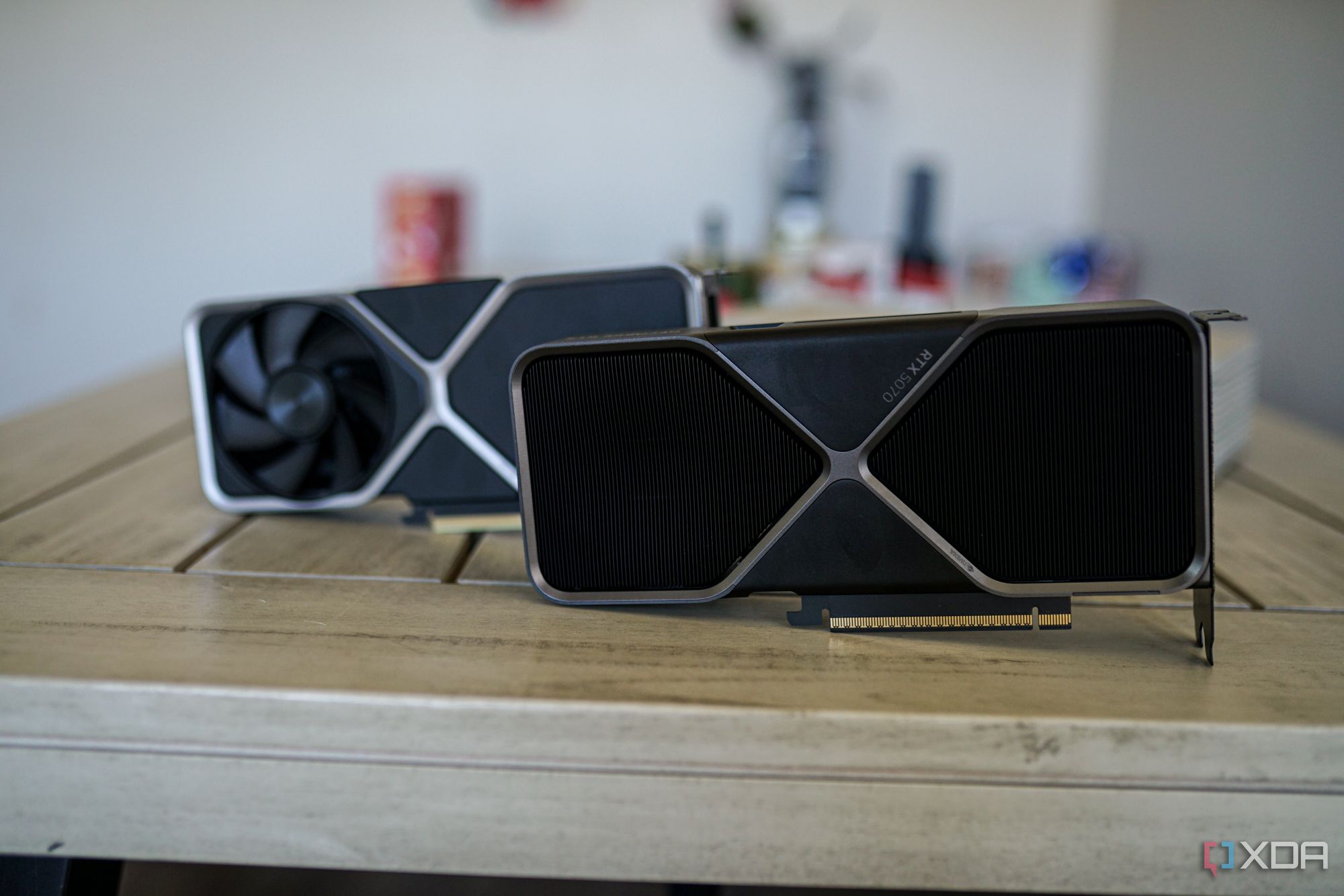
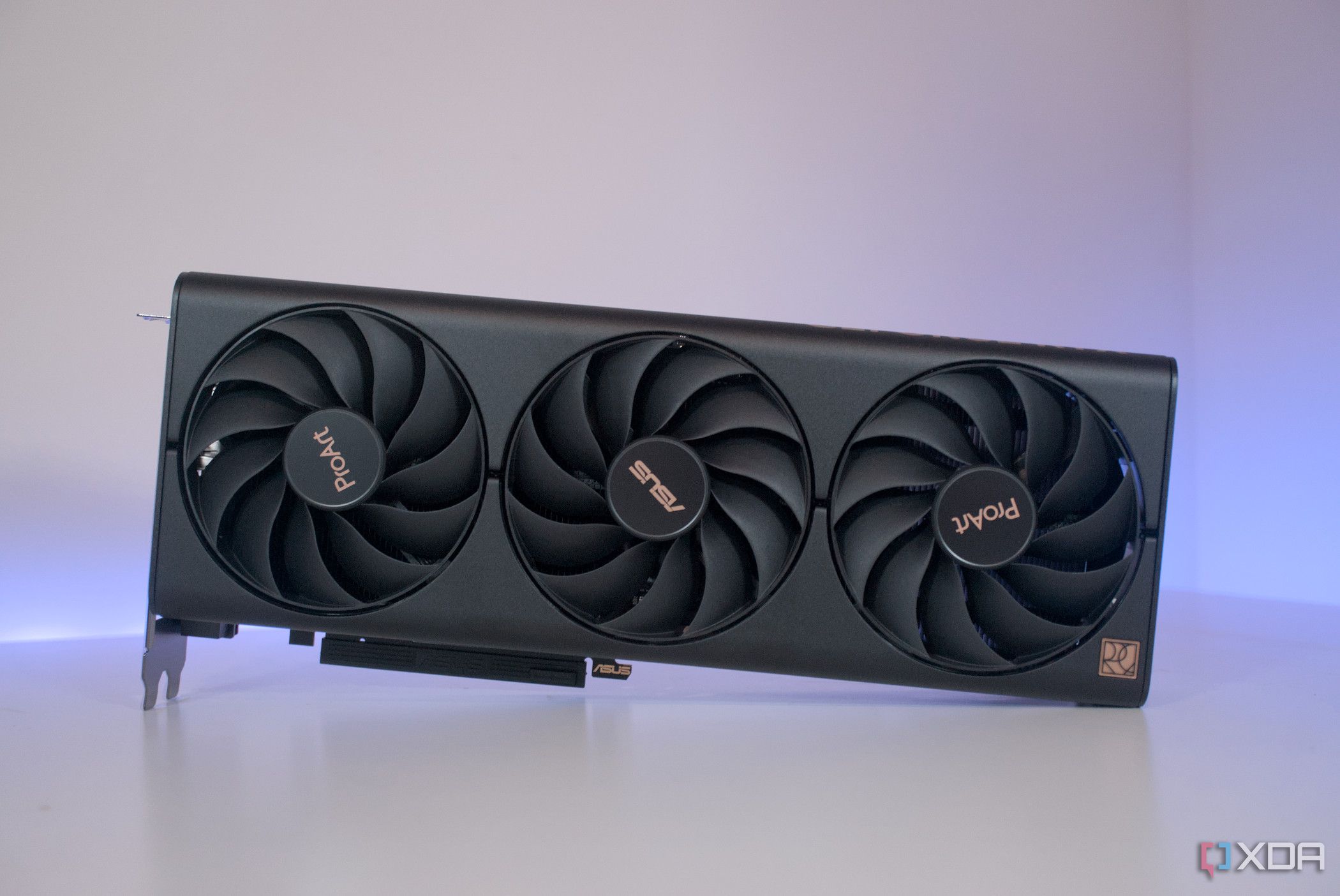



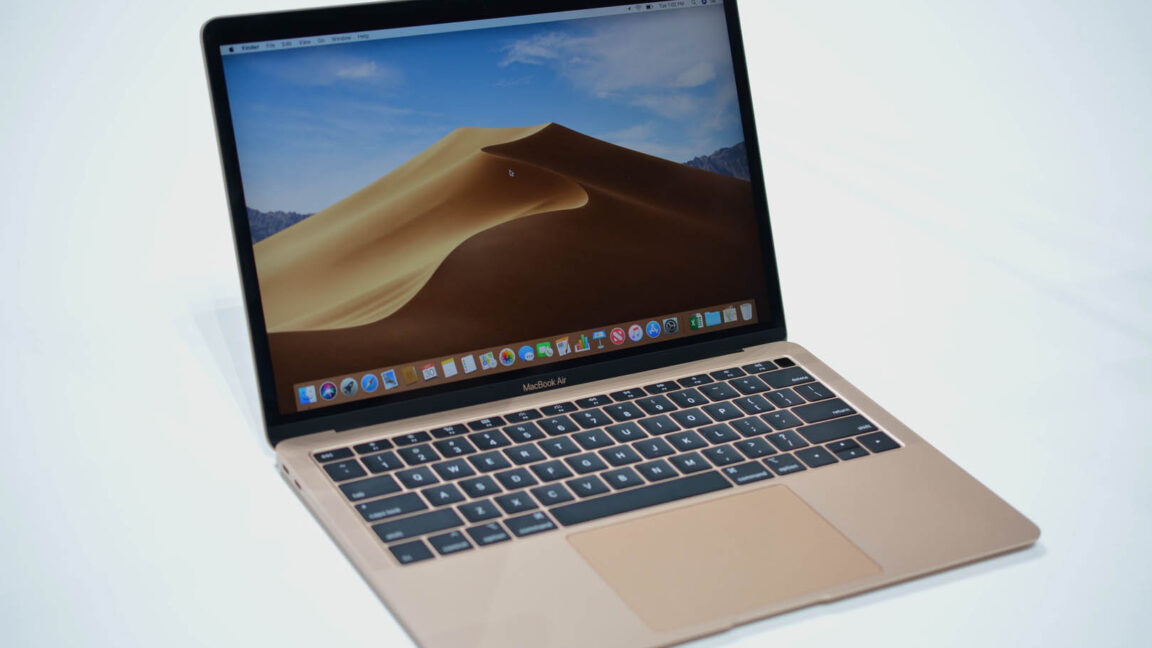






 English (US) ·
English (US) ·